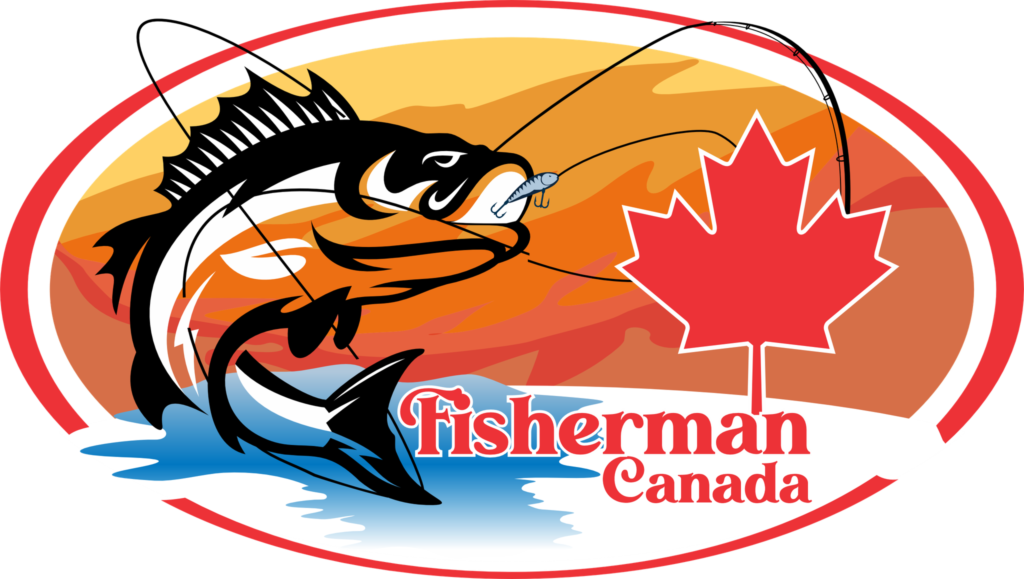Speckled trout, scientifically known as Cynoscion nebulosus, is a highly sought-after fish species found in the coastal waters of North America. Also known as spotted seatrout, speckled trout is renowned among anglers for its delicious taste, challenging behavior, and the thrill it brings to any fishing expedition. In this article, we will delve into the world of speckled trout, exploring its biology, habitat, fishing techniques, and the cultural significance it holds for coastal communities.
Biology and Characteristics
Speckled trout are a fascinating species with distinct physical characteristics that set them apart from other fish. They are a part of the drum family, closely related to red drum and black drum. The most noticeable feature of the speckled trout is, of course, its namesake speckles. These speckles are scattered along the back, dorsal fin, and tail, providing excellent camouflage among the seagrass beds and sandy bottoms they inhabit.
Adult speckled trout usually range in size from 14 to 24 inches, although some can grow larger, reaching up to 30 inches or more. Their body shape is elongated and slender, with a pointed snout and sharp teeth. Their coloring can vary depending on their environment, but they typically have a silvery-white underside and a greenish-brown to grayish-blue back. The name “trout” can be misleading, as speckled trout are not true trout; they are actually a type of drum.
One of the most remarkable aspects of speckled trout biology is their ability to change sex. Speckled trout are protandrous hermaphrodites, meaning they start life as males and can later transition to become females as they grow larger and older. This unique characteristic helps maintain a balanced population in their habitats.
Habitat and Distribution
Speckled trout primarily inhabit the coastal waters of the Atlantic Ocean and the Gulf of Mexico. They are found along the eastern seaboard of the United States, from Massachusetts to Florida, and along the Gulf Coast, from Texas to the Florida Keys. These fish thrive in a variety of environments, from shallow estuaries and marshes to deeper channels and bayous.
Speckled trout are highly adaptable and can tolerate a wide range of salinity levels. They are often found in areas with seagrass beds, oyster reefs, and other structures that provide both food and protection. In the colder months, speckled trout migrate into deeper waters, seeking warmer temperatures. This behavior makes them a popular target for anglers during the fall and winter months.
Fishing Techniques
Fishing for speckled trout is a popular recreational activity along the coastal regions where they are found. Anglers use various techniques and gear to catch these elusive fish. Here are some common methods:
Artificial Lures: Many anglers prefer using artificial lures like soft plastic baits, topwater plugs, and jigs. These lures mimic the movements of prey, enticing speckled trout to strike.
Live Bait: Live bait, such as shrimp, minnows, or small mullet, can also be highly effective. Anglers often use a popping cork to suspend the bait at the desired depth.
Fly Fishing: Speckled trout can be targeted with fly fishing gear, particularly in shallow, grassy areas. Flies that resemble small baitfish or shrimp are popular choices for fly anglers.
Trolling: Trolling with lures or bait behind a slow-moving boat is another effective method, especially when targeting larger trout in deeper waters.
It’s important to be mindful of local regulations, including size and bag limits, as these can vary by location and season. Responsible catch-and-release practices are also crucial for preserving the speckled trout population.
Cultural Significance
The speckled trout holds a special place in the culture and traditions of coastal communities. In many areas, catching speckled trout is not just a hobby; it’s a way of life. These fish are not only a valuable food source but also a symbol of the connection between humans and the sea.
Speckled trout tournaments and fishing festivals are common events in coastal towns, drawing anglers from near and far to compete for prizes and bragging rights. These gatherings celebrate the joy of fishing and the camaraderie among those who share a passion for the sport.
Beyond the thrill of the catch, speckled trout are an integral part of the ecosystem, contributing to the balance of marine life in their habitats. Their presence is a testament to the health of the coastal waters they call home.
In conclusion, the speckled trout is a prized catch of coastal waters, known for its unique characteristics, challenging fishing opportunities, and cultural significance. Whether you’re an experienced angler or a novice, the pursuit of these elusive fish is sure to provide unforgettable moments and a deep appreciation for the beauty of our coastal environments. So, next time you find yourself near the coastal waters where speckled trout thrive, consider embarking on a fishing adventure to experience the thrill of catching this remarkable species.

